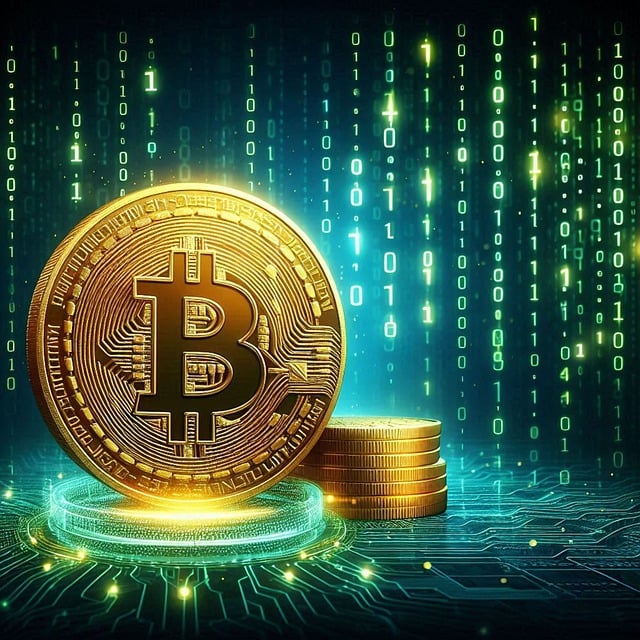
In Uncertain Times, Nonprofits Must Keep Up With Legal Compliance
04.11.2025 | Linda J. Rosenthal, JD

“A generous contribution: How can that be anything but great news?”
A decade ago, in How a Huge Donation Can Turn Into Bad News (June 1, 2014), we answered this question head on: “If the money came from a well-known financier who turned out to be a world-class swindler, it can become very bad news long after the ink has dried on the donor’s check.”
That particular post was about the massive carnage left in the wake of the $7-billion Ponzi scam of the infamous Allen Stanford. The perpetrator was convicted in 2012 and sentenced to over 100 years in prison, but his innocent victims were left to pick up the pieces.
There were defrauded investors, of course, including some that were not wealthy people who could easily absorb the losses. But there were also numerous charitable organizations that had gratefully and in good faith accepted Mr. Stanford’s generous gifts. In June 2014, the story making headlines was about the $500,000 donation to the Tiger Woods Foundation and the Tiger Woods Charity Event Corp.
The court-appointed federal receiver overseeing the recovery for Stanford’s victims successfully sued the Woods charities along with other donees including the University of Miami and Texas A&M University.
A few years earlier, it was the king of the modern Ponzi scheme – Bernard Madoff – who dominated the new headlines. Charitable entities were among the cast of characters affected by – and sometimes entangled in – the unraveling of the Madoff mess once he was tried and sentenced. There “were hundreds of charity groups hurt in the Madoff scandal, and … the trustee charged with recovery of funds in that case said that he recovered $80 million in settlements with ‘a number of charities and nonprofit organizations.’”
Now, ten years later, in the summer of 2024, we are once again equal parts horrified and fascinated by an audacious con. This time it was orchestrated by Samuel Bankman-Fried, the founder of the cryptocurrency exchange FTX and the cryptocurrency trading firm Alameda Research. He misappropriated billions of dollars of customer funds deposited with FTX, defrauded investors in FTX of more than $1.7 billion, and defrauded lenders to Alameda of more than $1.3 billion.
In March 2024, this fraudster was sentenced by a federal judge to 25 years in prison. But the sorting out of the wreckage has only just begun. And, once again, the charitable community is watching closely. See, e.g., FTX Wants to Claw Back Bankman-Fried’s Gifts to Charity (January 8, 2023), pymnts.com; Nonprofits Worry About FTX Charitable Donation Clawbacks (January 9, 2023) Darryll K. Jones, Nonprofit Law Prof Blog; Claw-Back Litigation in FTX Bankruptcy FAQs (December 14, 2023) Tara Pakrouh, Esq. & Eric Monzo, Esq., MorrisJames Delaware; and FTX Seeks Claw Back of Donations (July 20, 2024) Darryll K. Jones, Nonprofit Law Prof Blog.
It’s complex and controversial. And it won’t be over any time soon.
The massive financial destruction from these devastating hoaxes always includes a great number of victims. The defrauded innocent investors are pitted against the many charities that have unknowingly received tainted donations. But, then, the charities are targeted as sources of recoupment of the investors’ losses.
“The charities are good guys but the innocent investor-victims are good guys, too.”
‘To complicate matters, Ponzi scheme organizers may often target and support charitable or religious organizations with contributions in order to gain standing in society, an enhanced reputation, and goodwill with current or prospective investors.’” World-class pyramid-scheme masterminds, simply put, need to move easily in monied circles along the uber-rich who may be persuaded to invest.
The legal system has a tool – a cudgel, as it were – to determine who gets any recovered proceeds in the course of the massive bankruptcy proceedings that inevitably follow the discovery of these enormous frauds. Commonly referred to as a “clawback,” this method allows recovery of the transfers of corrupt funds that were made to certain parties and redistribution to “repay other parties such as creditors and victims.” See The Clawback Process in Bankruptcy: What You Need to Know (May 21, 2024) Tara Pakrouh, Esq. & Eric Monzo, Esq., morrisjames.com.
Often, it’s the tax-exempt recipients of unexpected but greatly needed and appreciated donations – many of them working charities always desperately seeking funding – that wind up with the short end of the stick.
The recoupment and redistribution decisions on the part of bankruptcy officials are always difficult.
“To gain valuable recognition, Ponzi perpetrators often make handsome contributions to charities,” according to Kathy Bazoian Phelps in Charities: Proper Clawback Targets in Ponzi Scheme Cases? (March 23, 2012) American Bankruptcy Institute, abi.org
“But those contributions create political difficulties for the trustees and receivers in evaluating whether to seek the return of those contributions on fraudulent transfer theories for the benefit of the defrauded investors whose money was used to make the contributions,” Ms. Phelps explains. “On the one hand, who wants to sue a do-good charity? On the other hand, how to explain the refusal to seek the return of investor funds that were paid to bring attention and recognition to the wrongdoer? “
See also Should Charities Be Protected from the Claws of Fraudulent Transfer Laws? (April 17, 2012), The Editors, The Nonprofit Quarterly, offering a valuable overview of the history of charitable clawbacks (to that date). “Before Madoff, and certainly after, the legal theories supporting clawbacks of certain fraudulent transfers have been hotly debated….” There is “…increasing attention to another consequence of fraudulent transfer clawback lawsuits: the recovery of donations to charitable and religious organizations by fraudulent actors in a Ponzi scheme, …” There is also debate about the appropriate length of time in which a trustee can reach back to recover these donations.
In order to understand the big picture, don’t miss an important – and no-holds-barred – expose from right after the 2008 financial crisis. See Lessons for Charities and Foundations from Bernie Madoff (January 3, 2009) Rick Cohen, The Nonprofit Quarterly. There, the late Mr. Cohen excoriated the many foundations that so easily allowed themselves to be sucked into the ranks of investors in the Madoff hoax.
“First, if you were surprised, you shouldn’t have been…., he wrote. “These foundations of various political and programmatic hues invested so much of their corpus in Madoff’s investment vehicles that when he was exposed, they went out of business overnight.” Continuing, Mr. Cohen added: “That’s more than getting snookered by the man …” who almost “guaranteed investment returns. That’s such bad investment behavior, it suggests that these foundations might be open to charges of improper and legally questionable investment of tax exempt funds.”
Particularly in the Madoff scenario, the charitable community was particularly conflicted. The many rich foundations that were investors seeking recoupment were locked in battle with other charities – working ones – which had received tainted donations and were expected somehow to repay these funds.
See also, for example:
One thing is for sure: Clawback litigation is neither short nor sweet. In the outrageous SBF saga, we’re just at the opening act.
— Linda J. Rosenthal, J.D., FPLG Information & Research Director
